Table of Contents
Setting off on a gastronomic expedition across Pakistan unveils a mesmerizing array of flavors deeply rooted in its cultural heritage. Pakistani cuisine, influenced by Persian, Indian, Middle Eastern, and Central Asian culinary traditions, presents a captivating blend of tastes. From cherished traditional dishes to irresistible street food, Pakistani cuisine is a cornucopia of delectable treats that exemplify the depth of its culinary culture. Let’s explore this multifaceted and lively realm of Pakistan’s culinary traditions.
Top Ingredients of Pakistani Cuisine
In the cuisine of Pakistan, a rich tapestry of flavors is crafted through the skillful combination of various ingredients. Here is a list of the most commonly used ingredients that form the backbone of Pakistani culinary traditions:
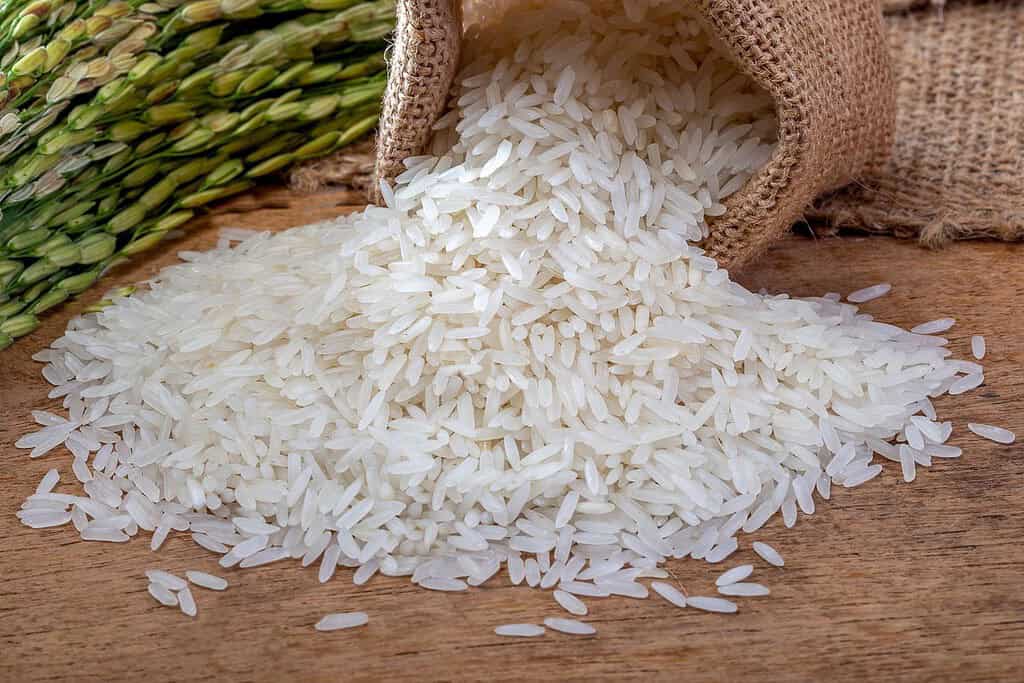
Basmati Rice: A staple in Pakistani cuisine, Basmati rice is often served with various dishes and can be prepared in different ways, such as Biryani or Pulao.
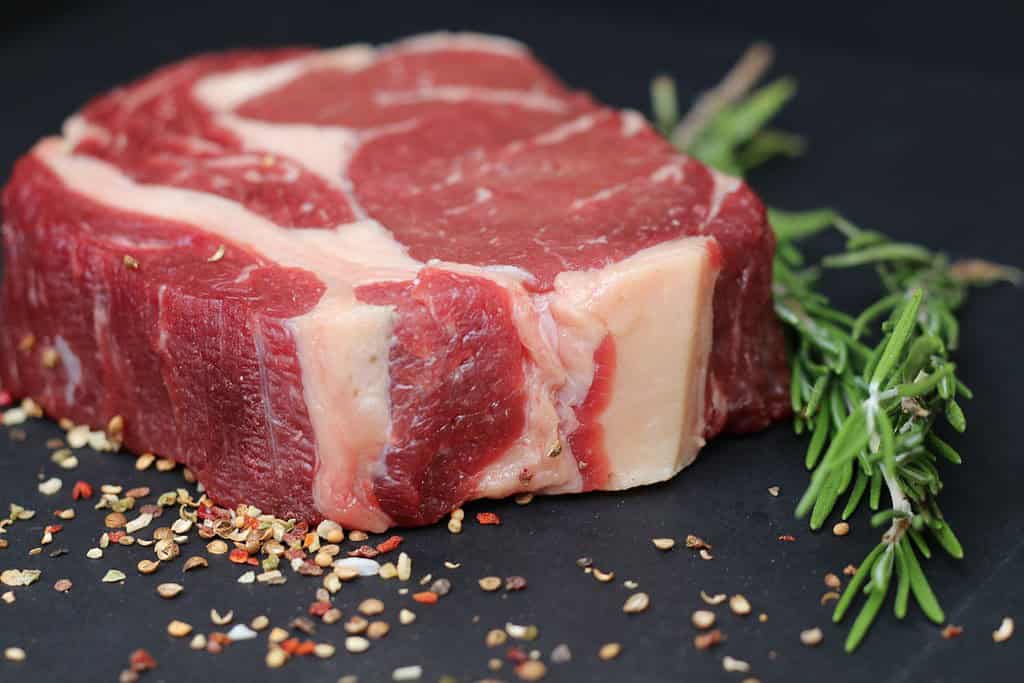
Beef: Beef is the most popular meats in Pakistan and is key ingredients in many traditional dishes like Karahi, Nihari, and Seekh Kebabs.
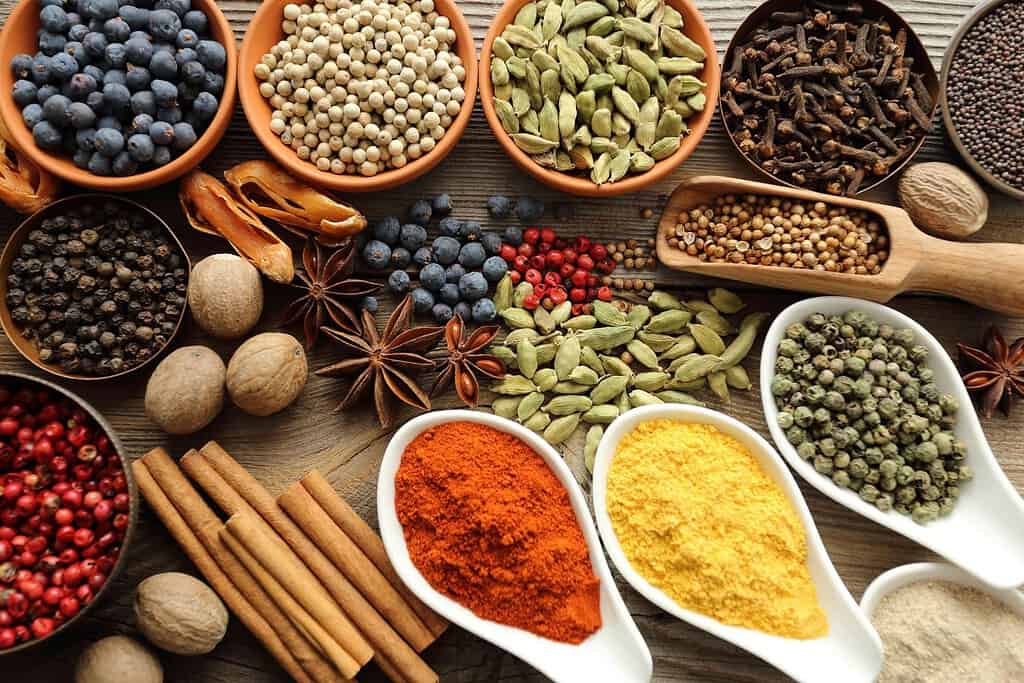
Spices: Pakistani cuisine boasts a wide array of aromatic spices, including cumin, coriander, cardamom, turmeric, and garam masala, which infuse depth and flavor into their dishes.
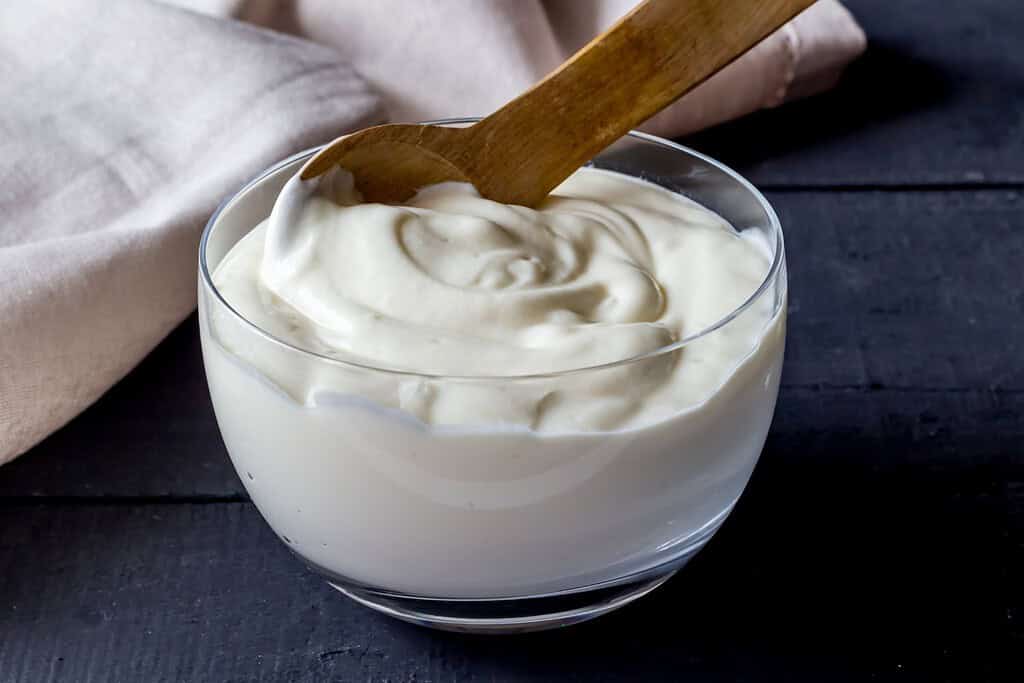
Yogurt: Yogurt is an essential component of Pakistani cuisine and is used as a sauce (Raita), drink (Lassi), or as a marinade for meat.
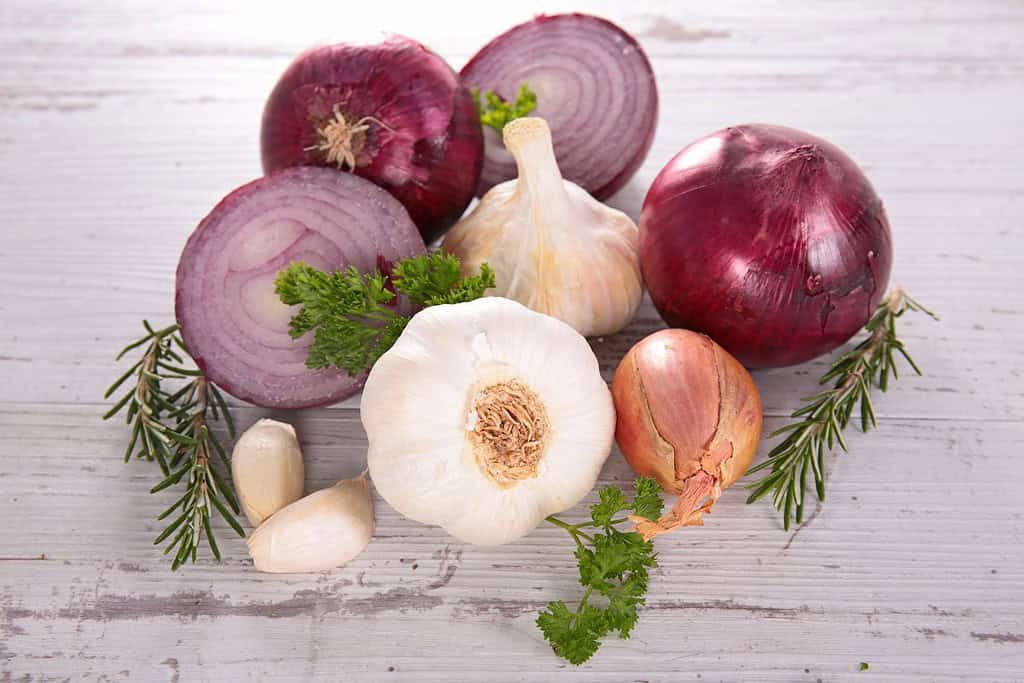
Onions and Garlic: These two ingredients form the foundation of many Pakistani dishes, providing a savory base for cooking.
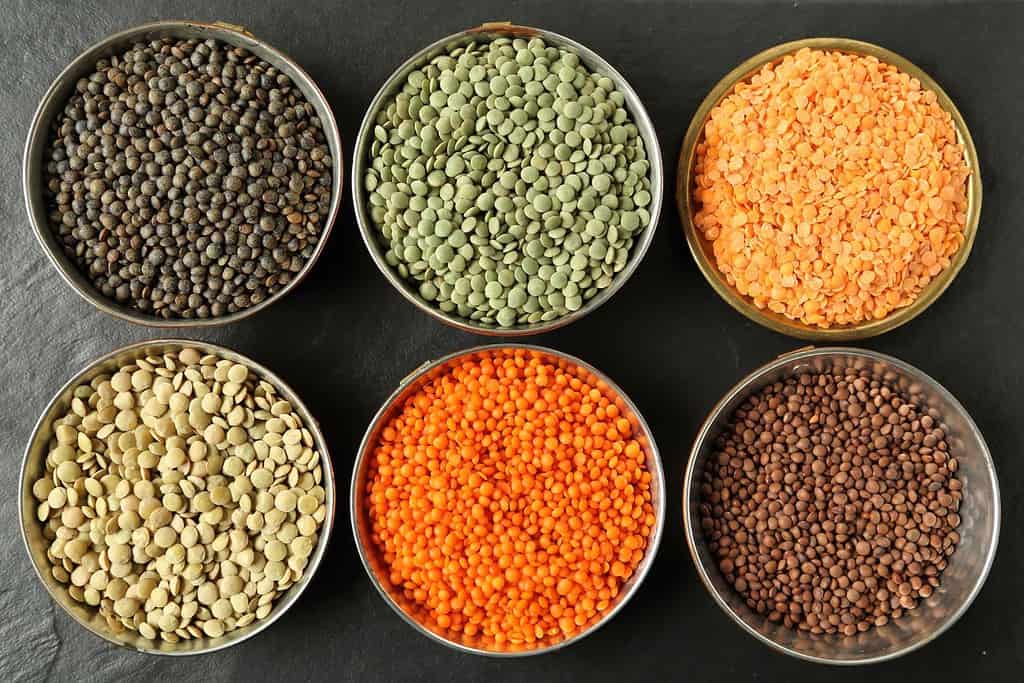
Lentils: Lentils, such as red lentils (masoor dal) and yellow lentils (moong dal), are widely used in Pakistani cooking, creating flavorful daals (lentil soups) and lentil-based curries.
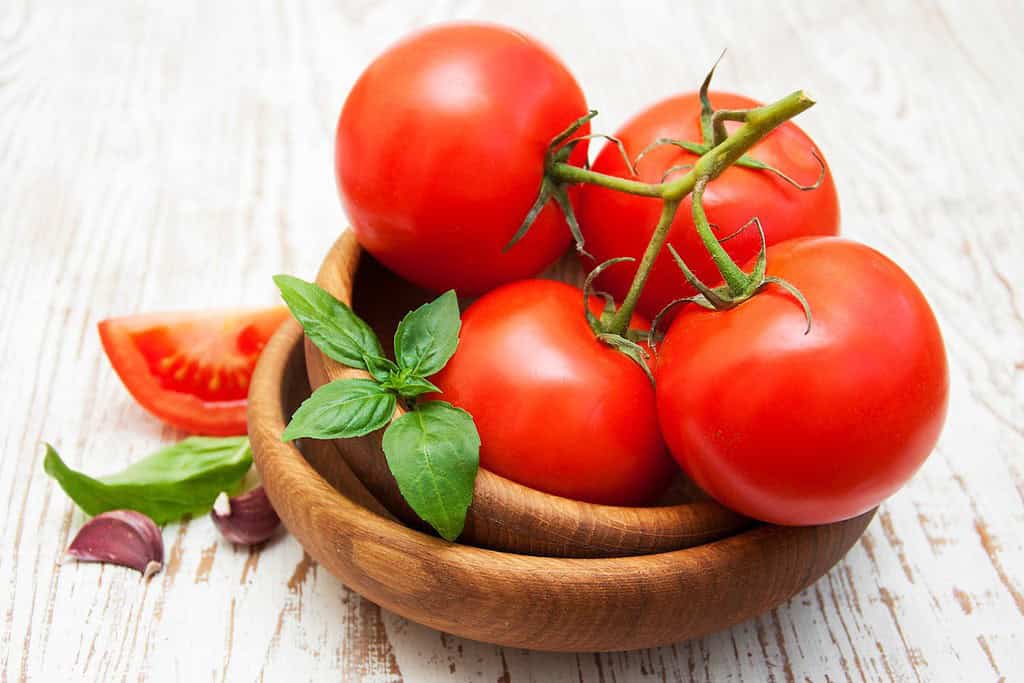
Tomatoes: Tomatoes are frequently used in Pakistani cuisine to add a tangy and rich dimension to gravies, rice dishes, and salads.
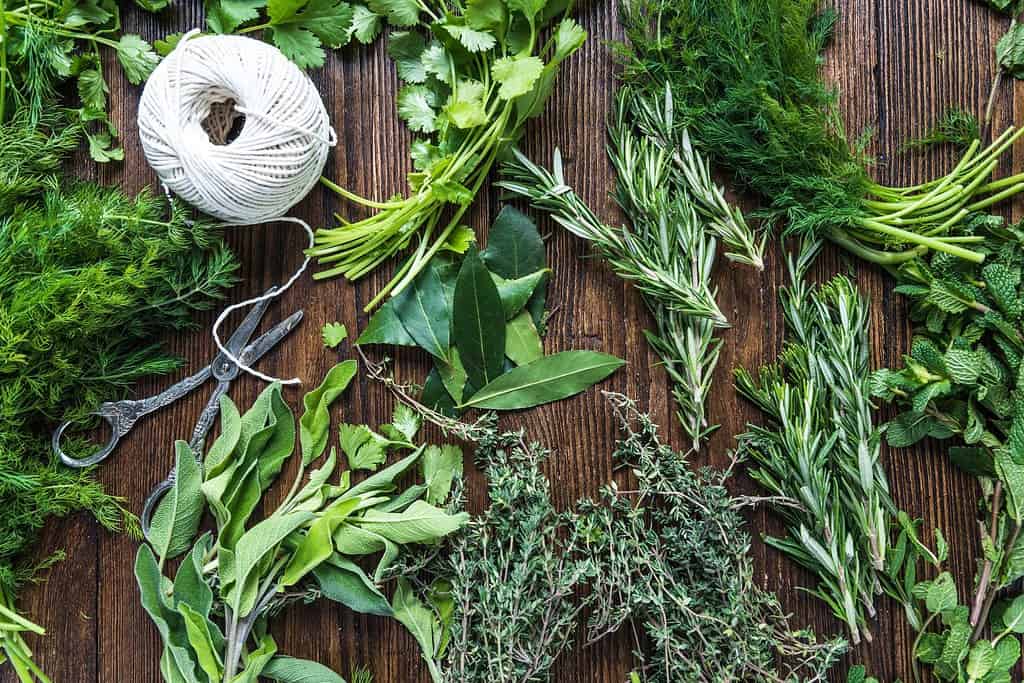
Fresh Coriander and Mint: Fresh coriander and mint are popular herbs in Pakistani cuisine, used to add a refreshing and aromatic touch to chutneys, raitas, and kebabs.
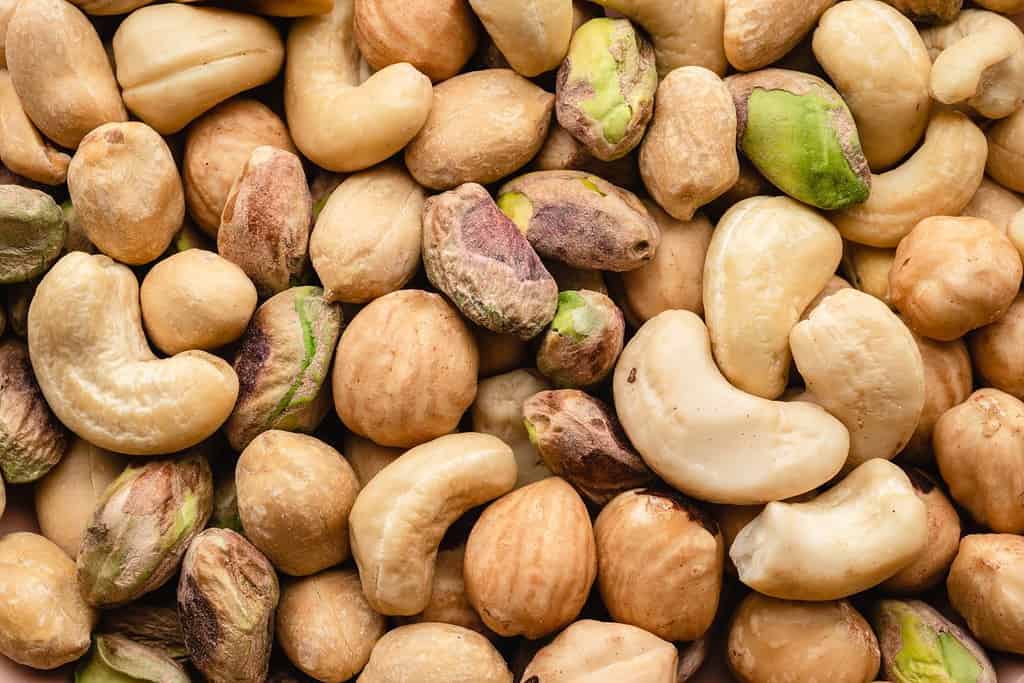
Nuts: Almonds, cashews, and peanuts are commonly used in Pakistani dishes, providing a crunchy and nutty element to various curries and desserts.
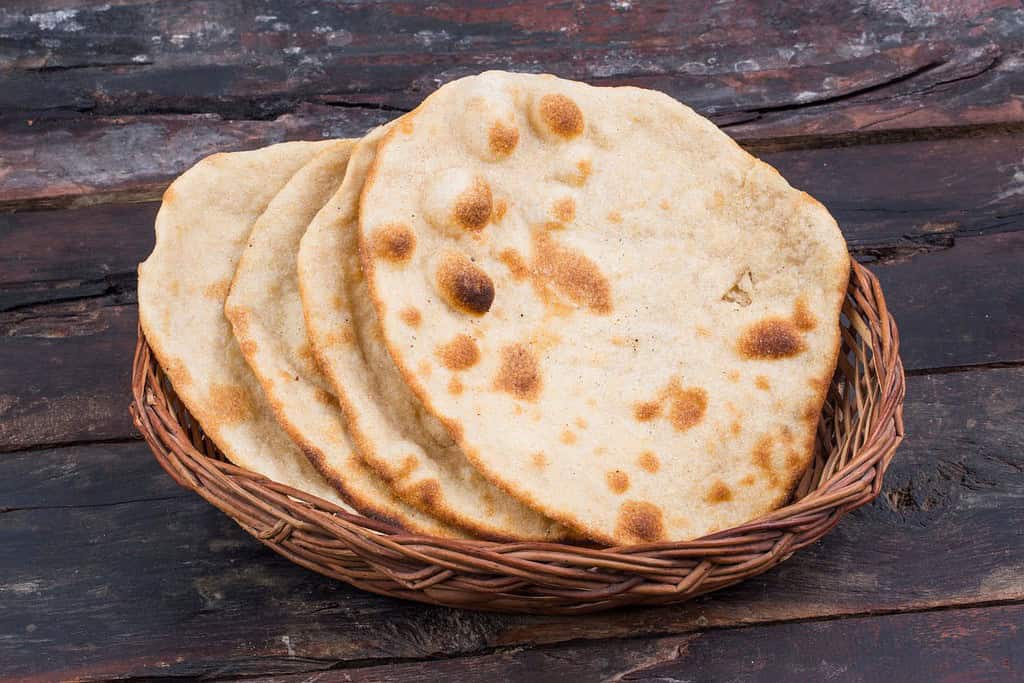
Roti and Naan: Bread is a significant part of Pakistani meals, with Roti (unleavened flatbread) and Naan being the most common types, served with almost every meal to accompany curries and gravies.
The variety of food from Pakistani cuisine
Pakistani cuisine boasts a captivating variety of flavors and dishes that reflect the nation’s rich history and cultural diversity. Influenced by Persian, Indian, Middle Eastern, and Central Asian culinary traditions, Pakistani food offers a unique blend of ingredients and techniques. One of the most renowned dishes is Biryani, a fragrant combination of long-grain rice cooked with tender meat, aromatic spices, and caramelized onions. This dish epitomizes Pakistani hospitality and is often served at celebratory events. Another beloved Pakistani specialty is Seekh Kebabs, flavorful minced meat skewers cooked to perfection, typically served with naan bread and mint chutney.
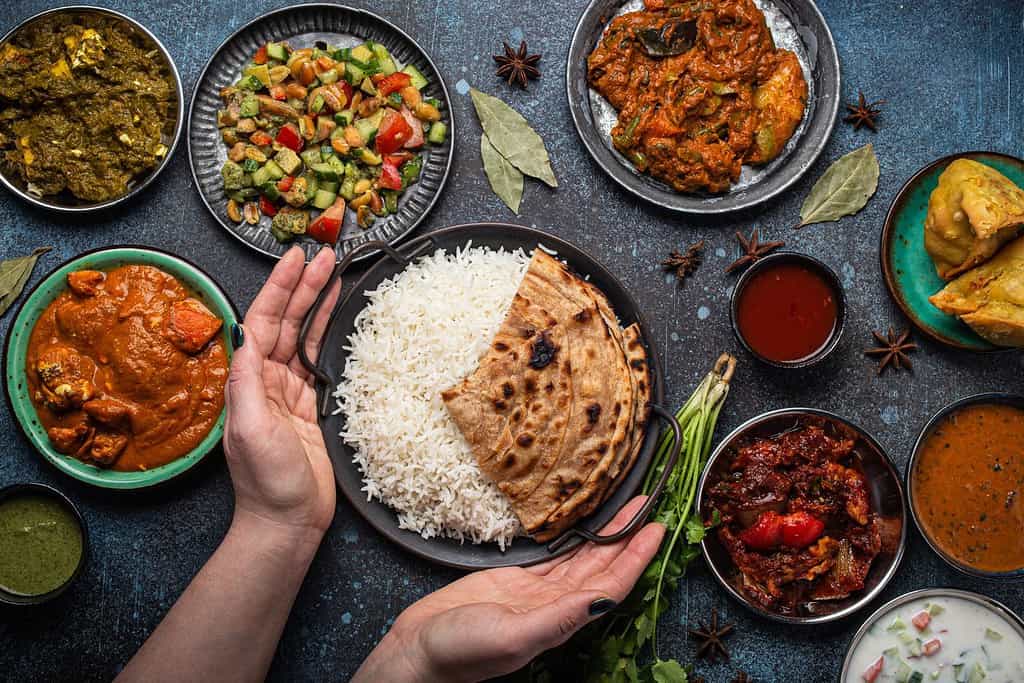
The heartiness of Pakistani cuisine is exemplified in its Nihari, a slow-cooked stew made with meat, spices, and wheat flour, often enjoyed for breakfast. For a vegetarian option, Daal Chawal stands out, featuring lentils cooked with garlic, onions, and spices, served with steamed rice. Another popular choice is Aloo Paratha, a stuffed flatbread filled with spiced mashed potatoes, offering a crispy texture and flavorful experience.
Satisfying the sweet tooth, Pakistani cuisine presents delightful desserts like Gulab Jamun, deep-fried milk balls soaked in a sugary syrup, commonly enjoyed during festive occasions. The diversity of Pakistani food is further exhibited in its regional specialties, with each province showcasing distinct recipes and culinary techniques. Whether indulging in the succulent flavors of Seekh Kebabs or relishing the comforting taste of Daal Chawal, exploring the variety of Pakistani cuisine is an adventure in cultural richness and gastronomic pleasure.
While visiting beautiful Pakistan, you can try all of the best recipes from Pakistani cuisine. We have available a wide range of Tours in Pakistan that you can choose to explore the country.
Best Foods in Pakistan
Pakistan’s culinary scene offers a diverse and flavorful selection of dishes that captivate the taste buds with their aromatic spices and cultural significance. While it’s difficult to create an exhaustive list of the “best” foods, certain dishes are widely cherished and hold a special place in Pakistani cuisine.
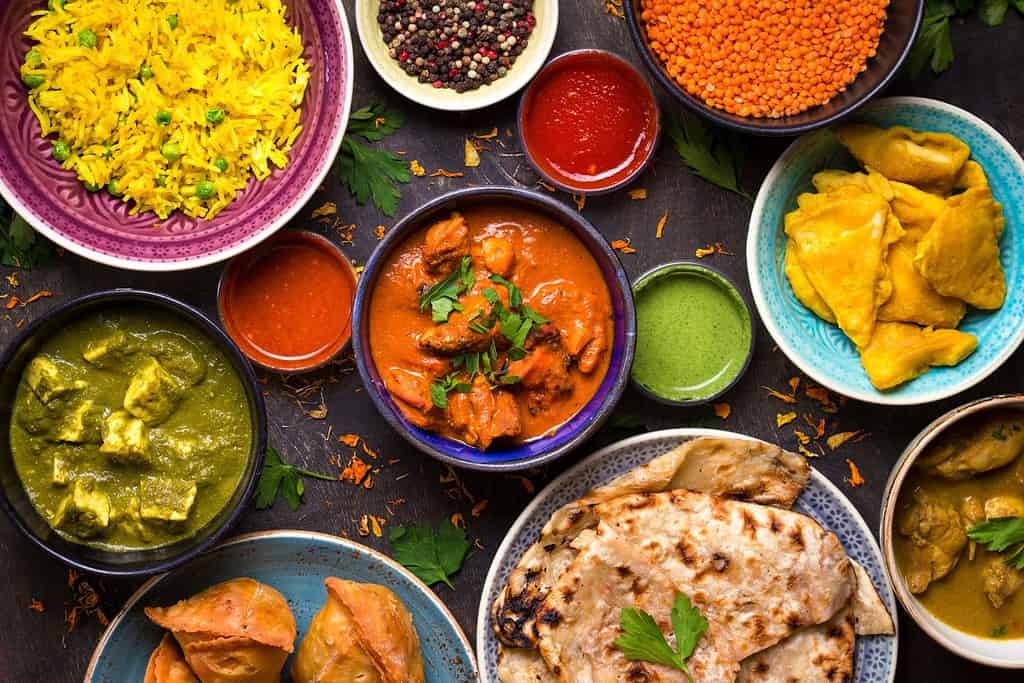
Pakistani cuisine is renowned for its skillful use of spices, including cumin, coriander, cardamom, turmeric, cloves, cinnamon, ginger, garlic, chilies, saffron, black pepper, and dried mint, which contribute to its rich and vibrant flavors. The result is a delightful fusion of fragrant spices and lively herbs that truly sets Pakistani food apart.
Most famous Pakistani foods
Here are the top most famous foods in Pakistan that have garnered recognition both locally and internationally:
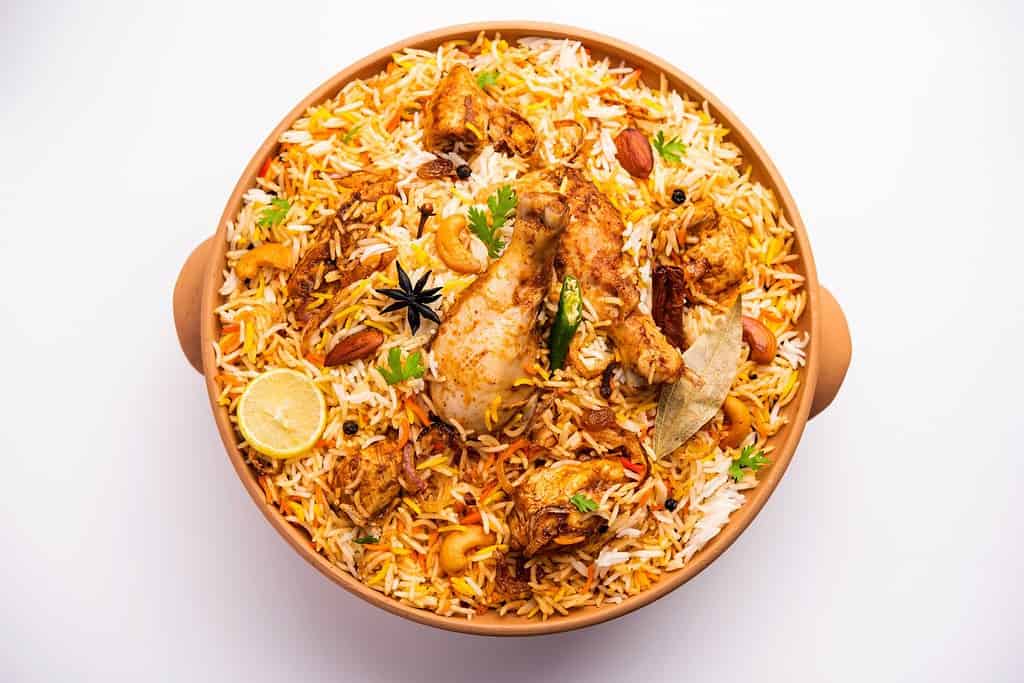
Biryani: Widely considered one of the national dishes of Pakistan, Biryani is a flavorful rice dish cooked with aromatic spices and tender meat, often chicken or beef. It is known for its rich and fragrant taste, making it a favorite at weddings, festivals, and family gatherings.
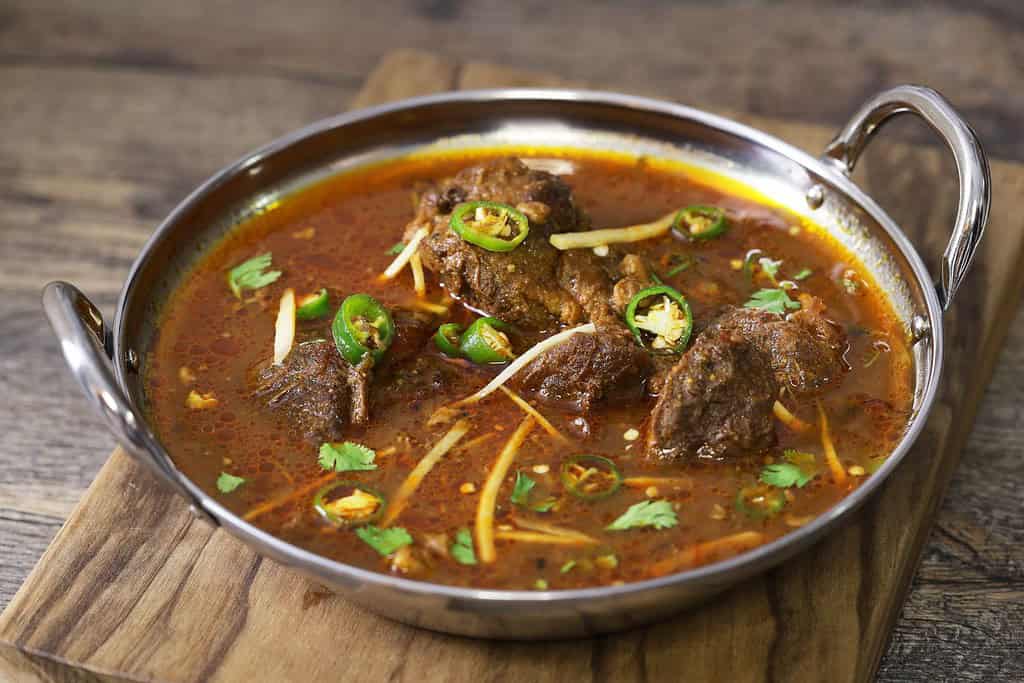
Nihari: A symbol of Pakistani hospitality, Nihari is a slow-cooked stew made with meat (usually beef or mutton), spices, and herbs. It’s traditionally served as a hearty breakfast dish and is enjoyed with naan or paratha.
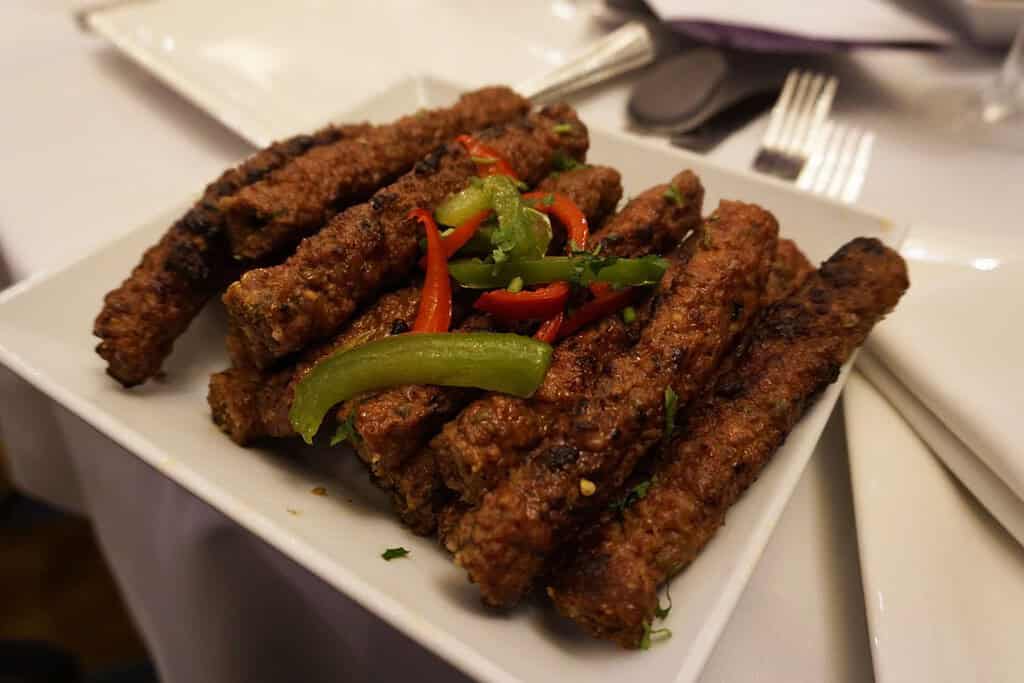
Seekh Kebabs: Pakistani Seekh Kebabs are renowned for their smoky flavor and succulent texture. Made from minced meat, typically beef or chicken, mixed with spices and herbs, these kebabs are skewered and grilled to perfection. They are often served with naan and chutney and are a popular street food in Pakistan.
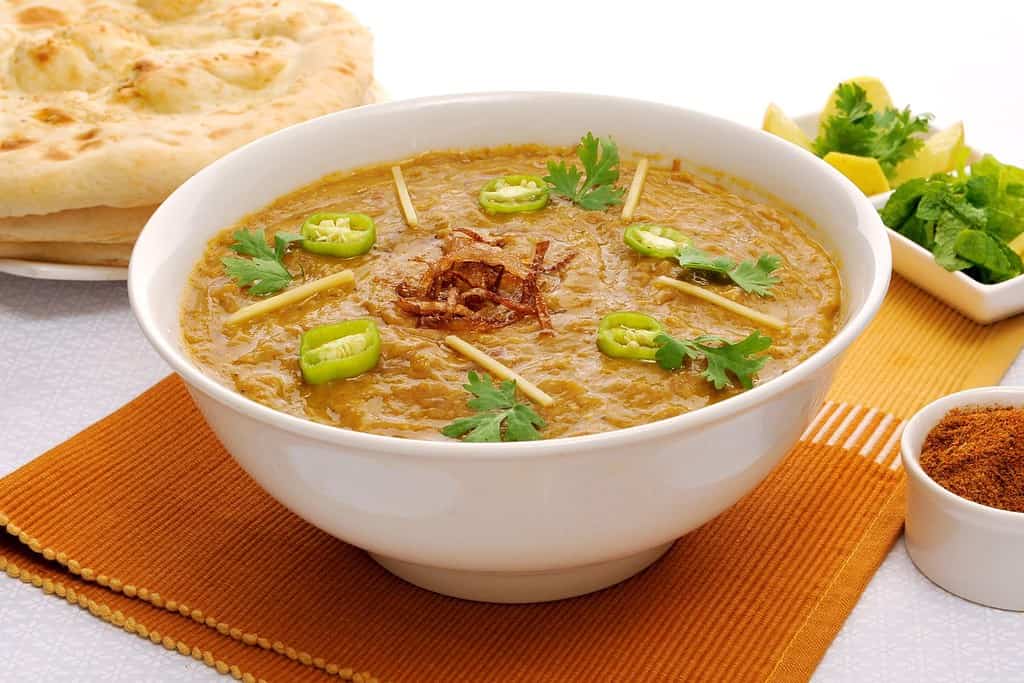
Haleem: A staple in Pakistani households, Haleem is a thick and savory porridge made from a blend of wheat, barley, lentils, and meat, usually chicken or beef. It’s slow-cooked to achieve a creamy consistency and garnished with fried onions, mint, and lemon. Haleem is commonly enjoyed during the holy month of Ramadan.
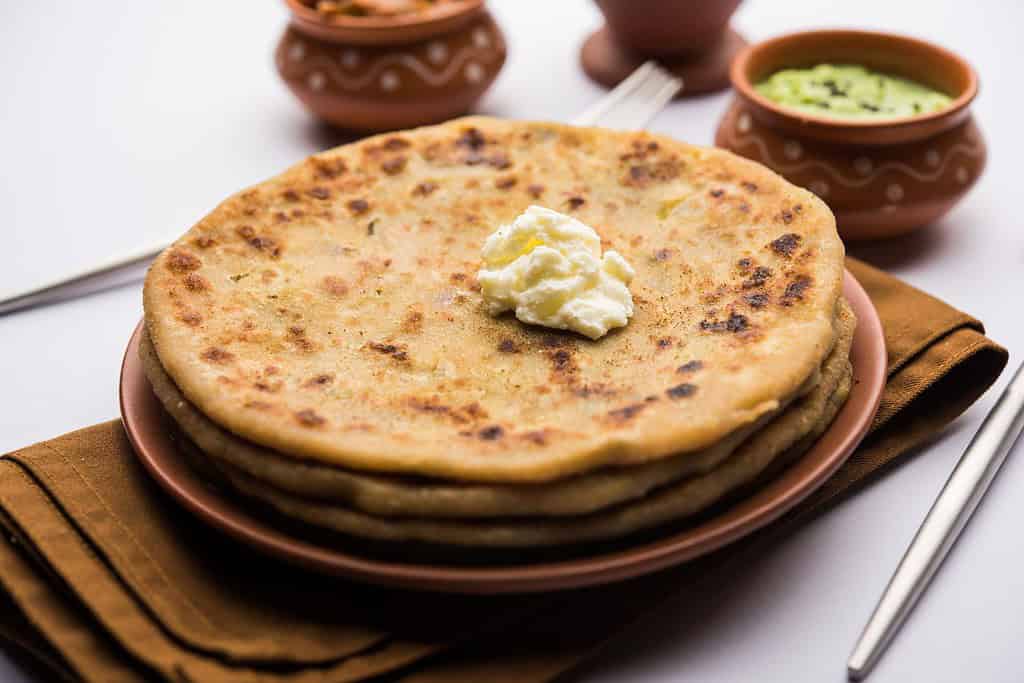
Paratha: Paratha is a versatile flatbread that comes in various fillings and flavors, such as aloo (potato), gobi (cauliflower), or keema (minced meat). Pan-fried until golden and crispy, Paratha is a popular choice for breakfast and is often served with yogurt, pickles, or chutney.
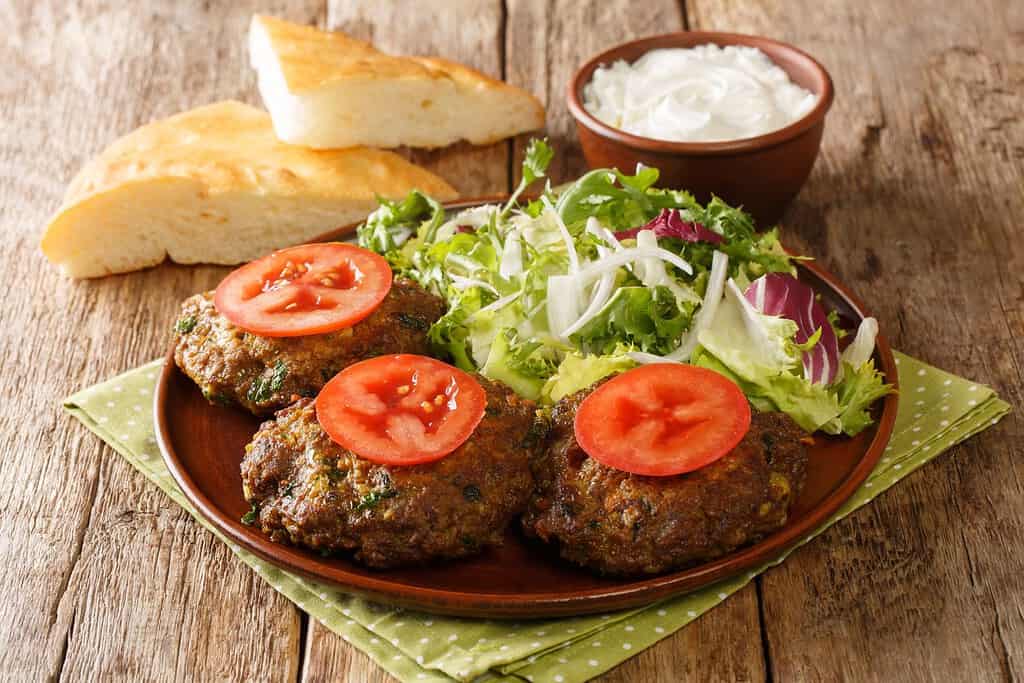
Chapli Kebabs: These flat, round-shaped kebabs are made from ground meat, typically beef or chicken, mixed with spices, herbs, and sometimes gram flour. They are shallow-fried in oil and are known for their unique flavor and texture. Chapli Kebabs are a specialty of the Khyber Pakhtunkhwa region.
These renowned Pakistani dishes showcase the richness and diversity of the country’s culinary heritage, making them popular not only within Pakistan but also among food enthusiasts around the world.
Pakistani Desserts
Pakistani desserts offer a delightful conclusion to a satisfying meal, showcasing a blend of sweet flavors and delicate textures. These desserts are deeply rooted in Pakistani culture and are often enjoyed during celebrations, festivals, and special occasions. Some popular Pakistani desserts include:
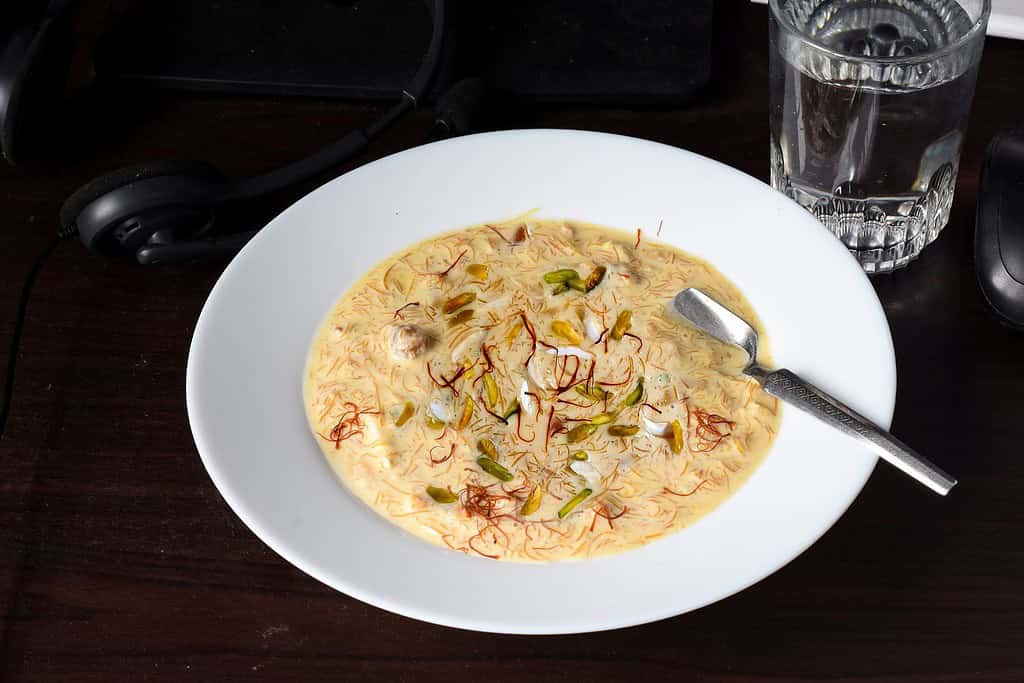
Sheer Khurma: This is one of Pakistan’s most cherished desserts, especially during Eid celebrations. Sheer Khurma is a creamy vermicelli pudding made with milk, sugar, and a medley of nuts like almonds, pistachios, and dates. The combination of luscious milk and the richness of dried fruits makes it an indulgent treat.
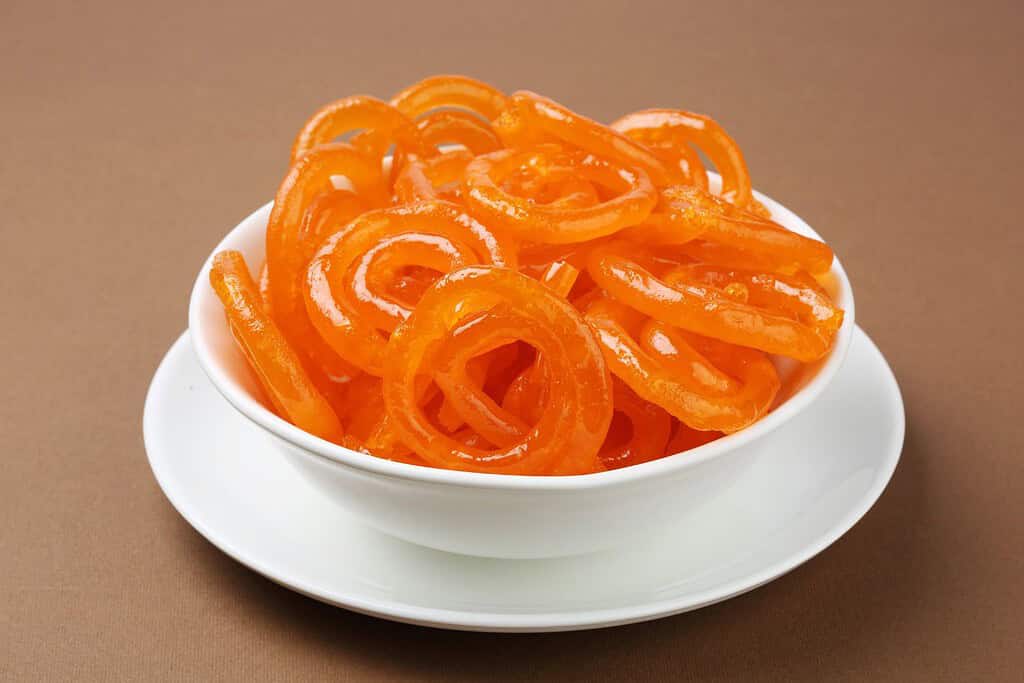
Jalebi: A beloved street food, Jalebi consists of deep-fried batter soaked in sugar syrup, resulting in crispy, coiled shapes that are delightfully sweet and sticky. It’s a popular choice during Ramadan and other festive occasions.
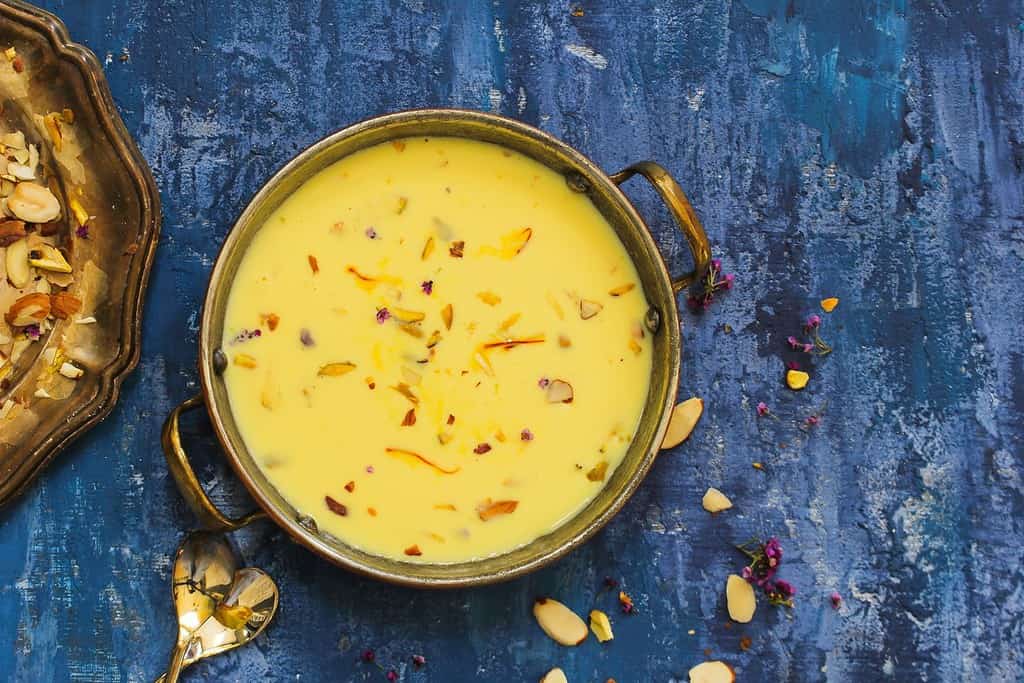
Firni: Similar to rice pudding, Firni is a creamy dessert made with ground rice, milk, sugar, and fragrant cardamom. It is often garnished with chopped pistachios, almonds, or rose petals, adding a lovely nutty and floral touch.
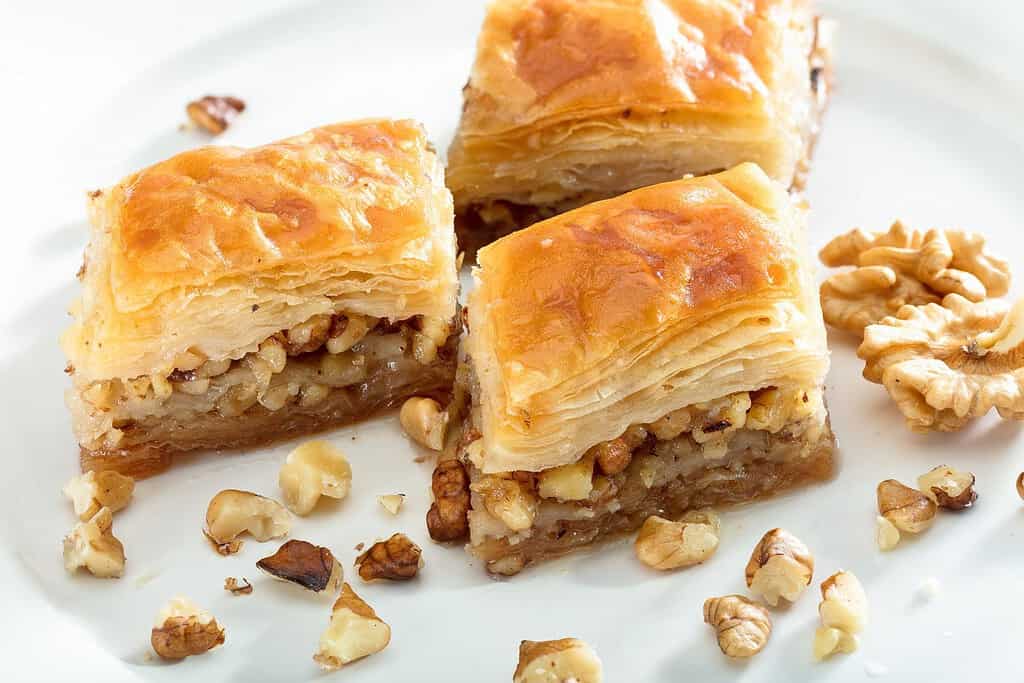
Baklava: Although Baklava is a dessert with origins in the Middle East, it has become a favorite in Pakistani cuisine. Layers of phyllo pastry are filled with chopped nuts and sweetened with honey or sugar syrup, creating a delectable and flaky treat.
The Culture of Pakistani Cuisine
The culture behind Pakistani food is deeply entrenched in tradition, hospitality, and community values. Pakistani cuisine is a vibrant tapestry that reflects the country’s diverse history and a blend of various cultural influences, including Persian, Indian, Middle Eastern, and Central Asian culinary traditions. Food holds great cultural significance in Pakistan and plays a central role in social gatherings, family functions, and religious festivals.
Hospitality is a fundamental aspect of Pakistani culture, and sharing meals with guests is a cherished tradition. When guests arrive at a Pakistani household, they are warmly welcomed with a variety of delectable dishes, symbolizing the host’s generosity and eagerness to ensure their guests’ comfort. Meals are often communal affairs, with everyone gathered around a shared table, underscoring the importance of unity and solidarity in Pakistani culture.
Also, read:
Islamabad, Lahore, and Karachi
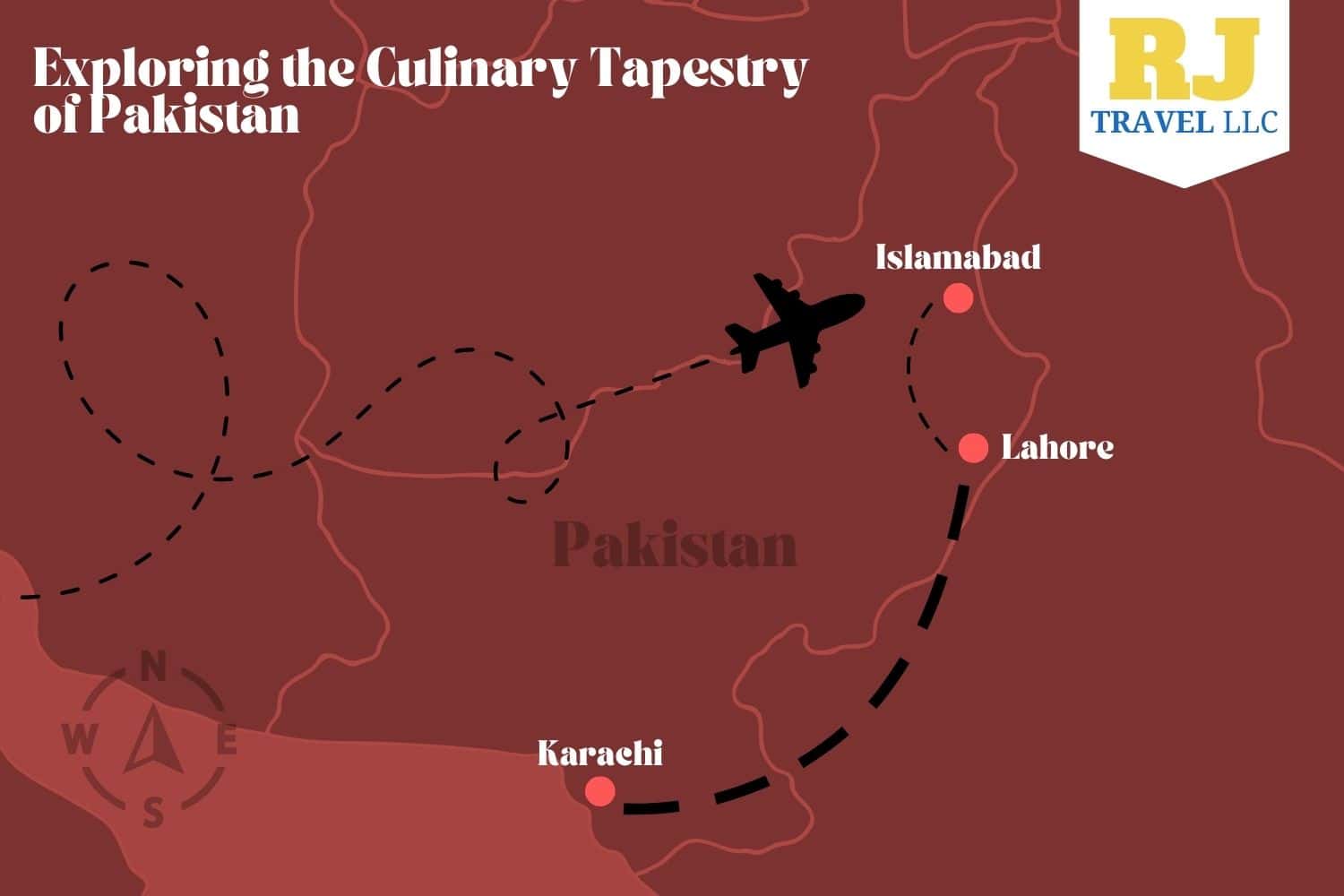
Take a culinary voyage through Islamabad, Lahore, and Karachi, and immerse yourself in the captivating flavors that have been crafted and cherished for generations in Pakistan. Let the traditional foods of each city paint a flavorful picture of Pakistan’s culinary tapestry, inviting you to savor the unique delights of these remarkable regions.
Within the enchanting world of Pakistani cuisine, each region brings its own distinct flavors and culinary traditions. Let’s embark on a journey to Islamabad, Lahore, and Karachi, and discover the delightful differences in their traditional foods.
The differences in dishes from each Pakistani city can be attributed to a combination of factors, including geography, historical influences, and the majority ethnic group residing in each region. Pakistan’s diverse landscape and geographical features, such as mountains, plains, and coastal areas, have influenced the availability of certain ingredients and agricultural practices in different regions. This, in turn, has contributed to variations in the types of dishes that have evolved in each city.
Islamabad’s Islamabad Biryani features fragrant rice cooked with tender meat, aromatic spices, and saffron, epitomizing Pakistani hospitality. Lahore’s Lahori Chana Chaat takes a flavorful twist on street food, combining chickpeas, spices, and tangy chutneys for a delightful taste experience. Karachi’s Seekh Kebab offers a spicy version of the popular dish, with well-seasoned skewered meat cooked to perfection on the grill, pleasing the palate with bold flavors.
For example, in Islamabad, being the capital and a melting pot of cultures, the culinary scene is more diverse and influenced by a mix of traditions from various regions. Lahore, with its rich history and cultural heritage, has culinary influences from Mughal and Punjabi traditions, leading to distinct dishes like Lahori Chana Chaat. In Karachi, the coastal location and multicultural population influence the cuisine, resulting in a wide variety of flavors and dishes, including the famous Seekh Kebab.
Comparing the three cities, Islamabad offers a diverse range of dishes influenced by its cosmopolitan nature, Lahore highlights rich and flavorful street food, and Karachi tantalizes with bold spice combinations. Each city showcases its own culinary identity, adding depth to the multifaceted and rich tapestry of Pakistani cuisine.
Islamabad
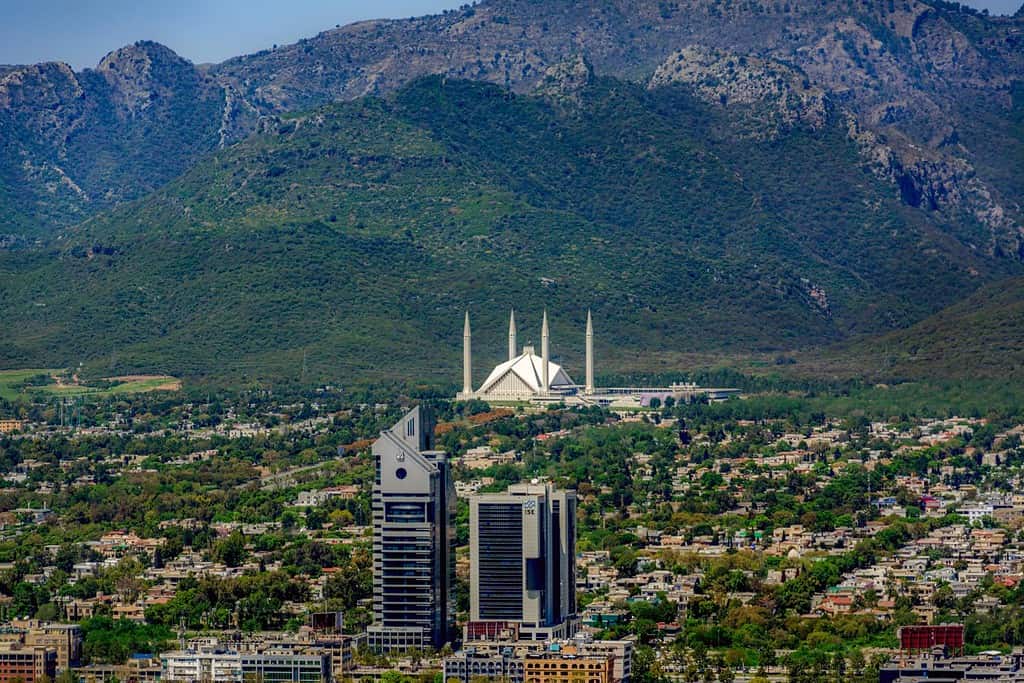
Beginning our culinary journey in Islamabad, the capital city of Pakistan, we encounter a vibrant food scene that reflects the nation’s rich cultural diversity. The city offers a mix of traditional Pakistani dishes and international influences. As we explore the bustling markets and street food vendors, the aroma of freshly baked naan and sizzling kebabs fills the air. Islamabad’s food culture is a melting pot of flavors, showcasing a wide array of dishes to delight every palate.
Famous food from Islamabad
- Biryani: Fragrant rice dish cooked with lamb or chicken, aromatic spices, and a blend of flavors, representing Pakistani hospitality.
- Samosas: Crispy pastry filled with spiced ground meat, potatoes, and peas, often served with chutney.
- Nihari: A savory stew made with slow-cooked beef or mutton, flavored with aromatic spices and enjoyed with naan.
- Paratha: Stuffed flatbread filled with various fillings like potatoes, minced meat, or lentils, served with yogurt and pickles.
- Haleem: A hearty porridge made with wheat, barley, and meat, slow-cooked to perfection, garnished with fried onions and fresh coriander.
- Aloo Keema: A comforting dish featuring minced meat and potatoes cooked in a flavorful tomato-based gravy.
- Gajar ka Halwa: A sweet dessert made with grated carrots, milk, sugar, and garnished with nuts and cardamom.
Lahore

Continuing our journey to Lahore, a city renowned for its rich culinary traditions, we find ourselves immersed in the flavors of traditional Pakistani cuisine with an emphasis on robust meat dishes and aromatic rice preparations. Lahori cuisine embraces bold flavors and a strong focus on locally sourced ingredients, making it a distinct gastronomic experience.
Famous food from Lahore
- Lahori Biryani: A variation of Biryani with the addition of dried fruits, nuts, and saffron, offering a unique taste.
- Seekh Kebabs: Spiced ground meat skewers made with a blend of herbs, onions, and spices, grilled to perfection.
- Nihari Lahori: A traditional Pakistani soup made with slow-cooked beef or mutton, garnished with ginger, green chilies, and fresh coriander.
- Jalebi: A sweet and syrupy dessert made with deep-fried batter, a popular street food delight.
- Murgh Cholay: A flavorful chicken and chickpea curry, cooked with a medley of spices and served with naan or rice.
- Lahori Karahi: A rich meat dish prepared with tomatoes, green chilies, and a blend of aromatic spices, served in a traditional wok.
- Rabri: A creamy and indulgent dessert made with condensed milk, flavored with cardamom and topped with pistachios or almonds.
Karachi
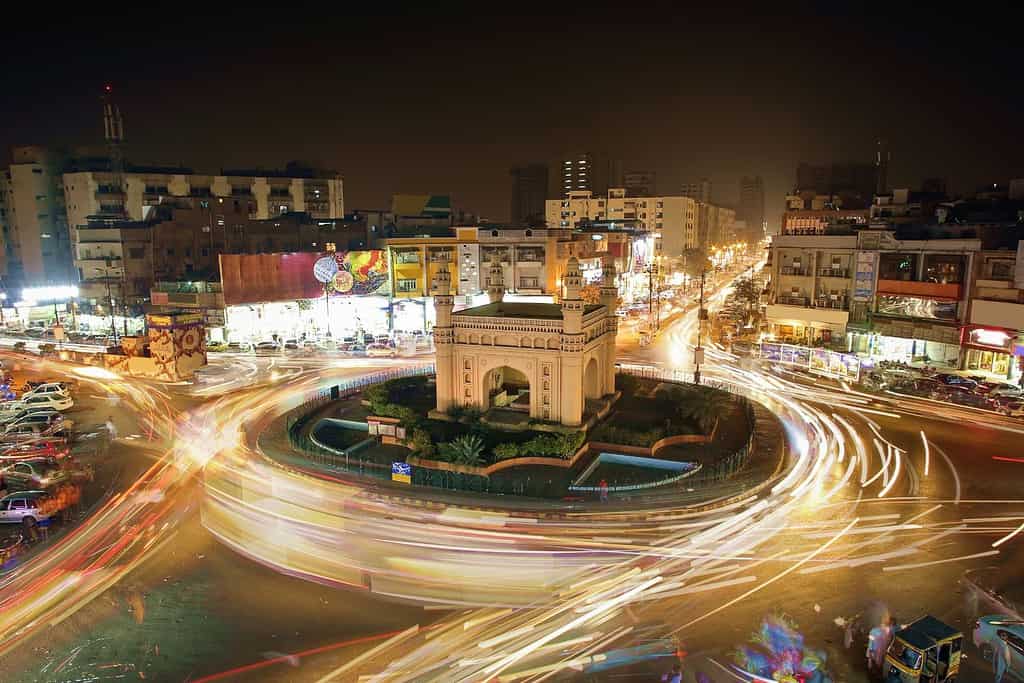
Our culinary journey concludes in Karachi, a city steeped in history and renowned for its bold and flavorful dishes. Karachi cuisine is characterized by its extensive use of spices, creating dishes that tantalize the taste buds with a burst of flavors.
Famous food from Karachi
- Karachi Biryani: A sumptuous rice dish prepared with chicken or beef, distinctive from other biryani variations.
- Naan-e-Karachi: A delightful flatbread, often served as a staple with various dishes.
- Seekh Kebab-e-Karachi: A spicier version of the popular Seekh Kebabs, generously seasoned with local spices.
- Chicken Tikka: Tender marinated chicken skewers, grilled to perfection and served with naan or rice.
- Karachi Karahi: A delectable meat stew prepared with yogurt, tomatoes, and a unique blend of spices, served in a traditional wok.
- Aloo Gosht: A flavorful dish featuring meat and potatoes cooked in a spicy tomato-based gravy.
- Zarda: A festive rice dessert cooked with saffron, cardamom, and a medley of nuts and dried fruits, offering a sweet conclusion to our culinary journey through Pakistan.
Book Your Trip to Pakistan Today!
Embark on an unforgettable journey and explore the allure of Pakistan through our exclusive tours.
More About Pakistan
[the-post-grid id=”50406″ title=”Pakistan Main page”]
